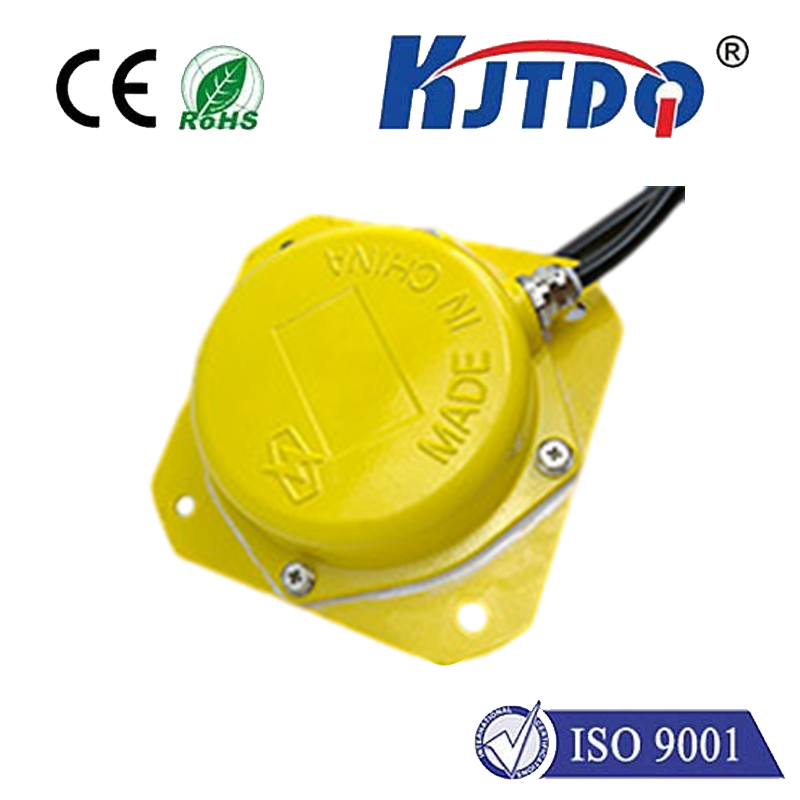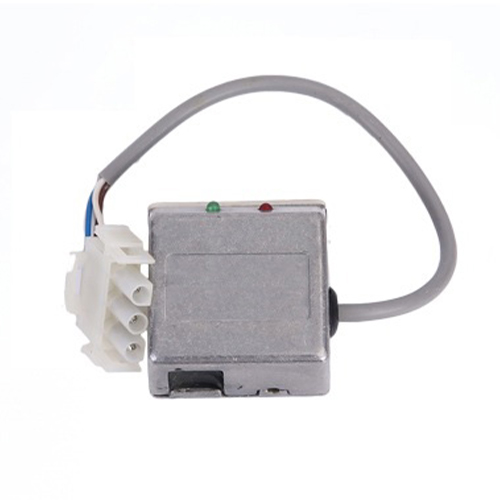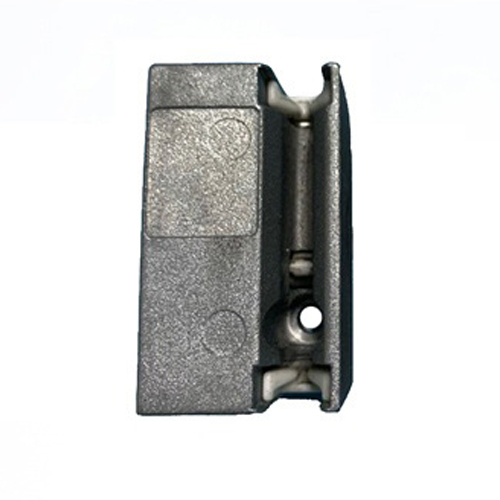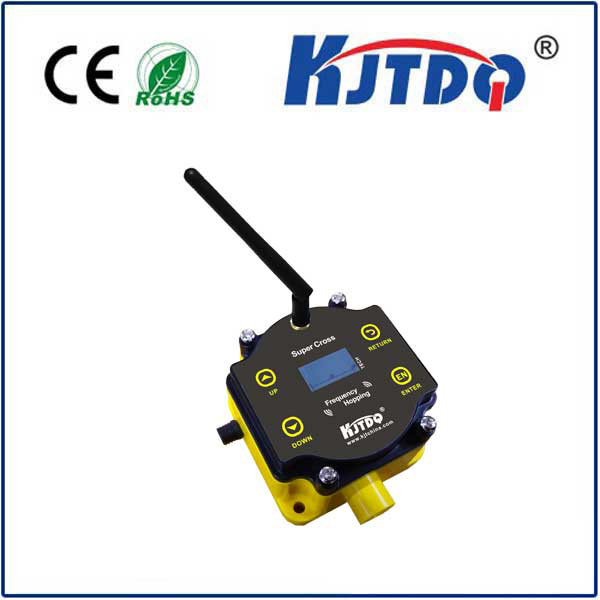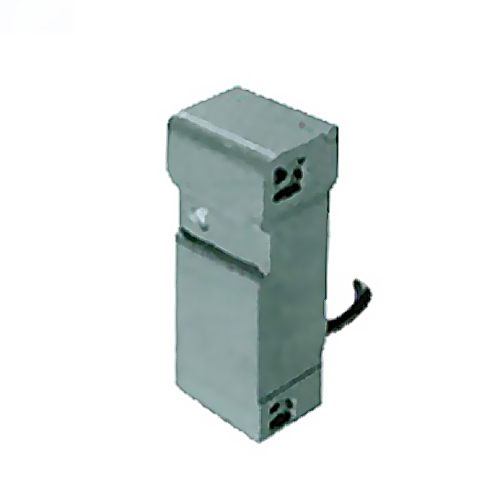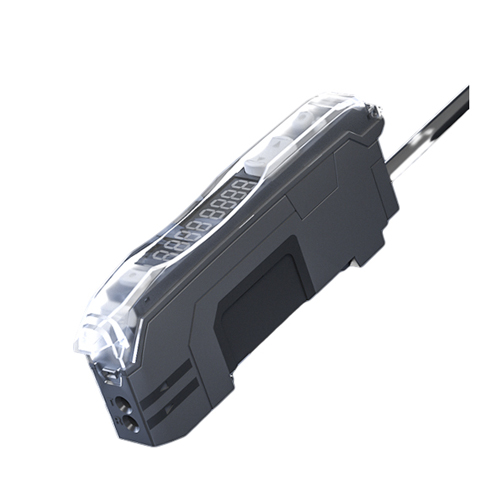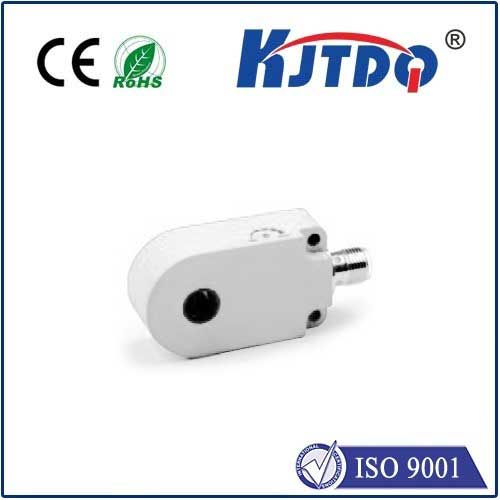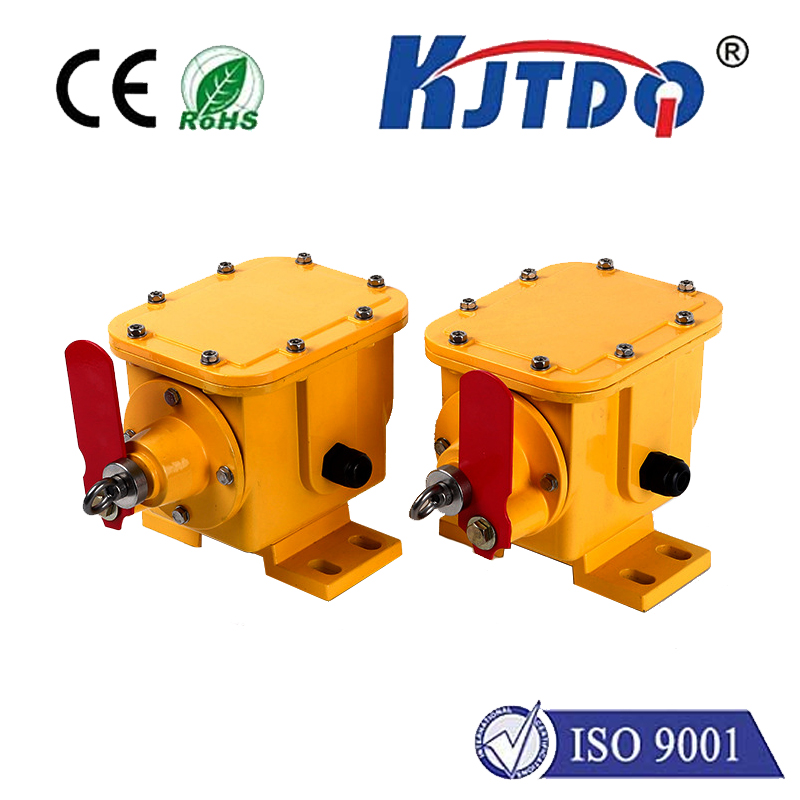ir proximity sensor hand wave sensor
- time:2025-09-09 01:57:34
- Click:0
Wave Hello to the Future: Exploring the Power of IR Proximity Sensors for Hand Gesture Control
Imagine controlling devices without a single touch – a simple wave of your hand turns lights on, silences an alarm, or scrolls through a menu. This isn’t science fiction; it’s the everyday magic enabled by IR proximity sensors specifically designed for hand wave detection. These unassuming components are revolutionizing user interfaces, offering intuitive, hygienic, and energy-efficient interaction. Understanding how they work unlocks the potential for smarter, more responsive technology in our homes, workplaces, and public spaces.
At its core, an IR proximity sensor for hand wave detection operates on the fundamental principles of infrared light. It typically consists of an infrared light-emitting diode (IR LED) and a sensitive photodiode detector. The IR LED emits invisible infrared light pulses into its environment. When an object – like your hand – enters the sensor’s detection field, it reflects some of this IR light back towards the photodiode.
- Detection Mechanism: The key lies in measuring the change in reflected IR light. When no object is present, the photodiode receives minimal reflected IR. As your hand moves into the sensing zone, it reflects significantly more IR light back to the photodiode. The sensor’s built-in circuitry detects this sudden increase in received IR signal intensity, triggering an output signal indicating the presence of an object.
- Hand Wave Recognition: But how does it distinguish a deliberate wave from just a stationary hand? This is where clever design comes in. Fast response times are crucial. As your hand moves through the beam (entering and then exiting the detection zone), the sensor detects rapid fluctuations in the reflected IR signal – a distinct pattern unlike a static object. Some sophisticated sensors employ multiple detection zones or directional sensing to determine the direction of the wave (e.g., left-to-right vs. right-to-left). Others use timing patterns: two quick breaks in the beam within a short timeframe might be interpreted as a specific “wave” gesture command.
Crucially, it’s vital to understand this is not the same as traditional motion detectors. A standard Passive Infrared (PIR) motion sensor detects changes in ambient infrared heat radiation emitted by warm bodies moving across its field of view. An active IR proximity sensor, in contrast, projects its own IR light and detects reflections. This makes it much more sensitive to proximity changes in a defined, often adjustable, range – perfect for detecting hands moving close to a device.

The applications for hand wave gesture control are vast and growing:
- Touchless Sanitary Controls: This was a major driver, especially post-pandemic. Wave-activated sensor faucets, soap dispensers, hand dryers, and even flush mechanisms in public restrooms minimize germ spread, enhancing hygiene significantly. No more touching potentially contaminated surfaces.
- Smart Home Integration: Bring futuristic control to your living space. Wave to turn smart lights on or off above your kitchen counter without fumbling for a switch with dirty hands. Control smart fans, adjust smart thermostat settings, or interact with digital displays in a sleek, modern way. Kitchens benefit immensely for controlling lights or extractor fans mid-cooking.
- Consumer Electronics: Modern automatic trash cans open seamlessly with a wave. Some advanced computer monitors or kiosks use wave sensors to wake from sleep mode or scroll through information hands-free.
- Automotive Interfaces: Reduce driver distraction by allowing simple wave gestures near the dashboard or rearview mirror to control infotainment systems (volume, track skip) or answer calls without looking away from the road.
- Industrial Automation: On production lines, operators can signal machine status (start/pause) or request material without physical contact, maintaining workflow and safety. Wave sensors can also trigger non-contact presence detection for safety interlocks.
Choosing the right IR proximity sensor for hand wave applications involves considering several factors:
- Detection Range: How far away should the hand be detected? For faucets, it might be 5-15cm; for larger interfaces, it might be 20-50cm. Select a sensor with an appropriate and adjustable range.
- Response Time: Fast response times are non-negotiable for accurately capturing a quick hand wave. Look for sensors specifying response speeds in milliseconds.
- Immunity to Ambient Light: Sunlight or bright indoor lights contain IR. A good sensor modulates its emitted IR light (sending it in specific pulses) and is tuned to detect only its own modulated signal, rejecting ambient IR interference. This ensures reliable operation under various lighting conditions.
- Beam Pattern: The shape and width of the IR beam affect how the hand needs to move and where it can be detected. Narrow beams offer precision; wider beams are more forgiving. Some offer configurable fields.
- Output Type: Does the system need a simple digital on/off signal when a hand is detected, or a more complex analog signal indicating distance? Digital output is common for basic wave detection.
Beyond the Simple Switch: The Core Appeal
The true strength of the IR proximity sensor for hand wave control lies in its blend of simplicity, reliability, and intuitive interaction. It provides a contactless interface, crucial for hygiene and convenience. Its operation is energy-efficient, often consuming minimal power, especially when paired with microcontroller-driven sleep/wake cycles. Perhaps most importantly, it allows for intuitive user experiences – waving your hand is a natural, almost instinctive gesture for signaling or controlling things.
Integrating IR proximity sensors for gesture recognition does require thoughtful implementation. Proper shielding, careful positioning to avoid unintended triggers (like objects passing nearby), and calibration for specific environments are essential. However, the availability of highly integrated, easy-to-use modules makes incorporating this wave sensor technology increasingly accessible to product designers and engineers.
The hand wave sensor, powered by robust IR proximity technology, represents a significant step towards more natural and seamless human-machine interaction. From promoting public health to simplifying daily tasks and adding futuristic flair to devices, its invisible infrared beams are quietly making touch-free control a tangible, reliable reality. As sensor technology evolves, we can anticipate even more sophisticated and responsive gesture recognition, further blurring the line between our intentions and the technology that responds to them.






